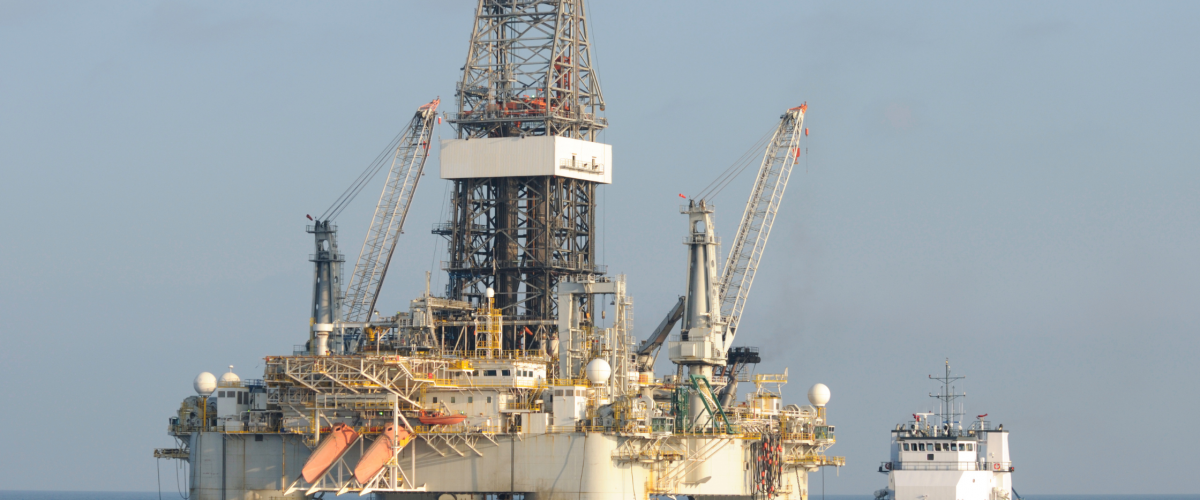Community engagement and social responsibility are integral components of sustainable and ethical oil and gas operations.
Here are key considerations and strategies for fostering positive relationships with communities and fulfilling social responsibilities:
1. Open Communication:
– Establish transparent and open lines of communication with local communities. Regularly update residents on project developments, potential impacts, and safety measures.
2. Community Consultation:
– Involve community members in the decision-making process. Seek input and feedback on projects, and consider local concerns when planning and implementing operations.
3. Local Employment and Training:
– Prioritize hiring local talent and providing training opportunities for community members. This not only fosters economic development but also creates a skilled local workforce.
4. Infrastructure Investments:
– Contribute to local infrastructure development, such as roads, schools, and healthcare facilities. This can leave a positive and lasting impact on the communities where operations are located.
5. Environmental Stewardship:
– Implement rigorous environmental protection measures to minimize the impact of operations on local ecosystems. Proactive measures for pollution prevention, waste management, and habitat restoration are essential.
6. Community Investment and Development Funds:
– Establish funds or initiatives that directly contribute to community development projects. This could include supporting education, healthcare, or small business development.
7. Cultural Respect and Preservation:
– Acknowledge and respect local cultures. Work closely with communities to preserve cultural heritage and implement projects in a manner that aligns with community values.
8. Emergency Response and Safety Programs:
– Develop and communicate emergency response plans to address potential risks. Invest in community safety programs and drills to ensure residents are prepared for emergencies.
9. Partnerships with Local Organizations:
– Collaborate with local non-profit organizations and community groups to address specific needs and priorities. This can amplify the positive impact of social responsibility initiatives.
10. Technology and Innovation for Social Impact:
– Leverage technology and innovation to address social challenges. For example, use digital platforms for community engagement or invest in renewable energy projects that benefit local communities.
11. Human Rights and Social Impact Assessments:
– Conduct thorough human rights and social impact assessments before initiating projects. This helps identify potential risks and allows for the development of mitigation strategies.
12. Resettlement and Compensation:
– If displacement is unavoidable, ensure fair and just resettlement practices. Provide fair compensation, alternative housing, and support for the affected communities.
13. Continuous Monitoring and Reporting:
– Implement monitoring systems to track the social and environmental impacts of operations. Regularly report findings to stakeholders, demonstrating a commitment to transparency and accountability.
14. Crisis Management and Conflict Resolution:
– Develop effective crisis management plans and mechanisms for resolving conflicts with local communities. Engage in open dialogue to address concerns and find mutually beneficial solutions.
By integrating these strategies into their operations, oil and gas companies can contribute positively to the well-being of local communities, build trust, and uphold social responsibility standards.
This, in turn, helps create a more sustainable and mutually beneficial relationship between the industry and the communities it serves.
Read more on Sparkview Energy:
Automation and Robotics in Oil and Gas: Enhancing Efficiency and Reducing Human Risks
The Rise of Renewable Energy: Impacts on the Oil and Gas Sector



